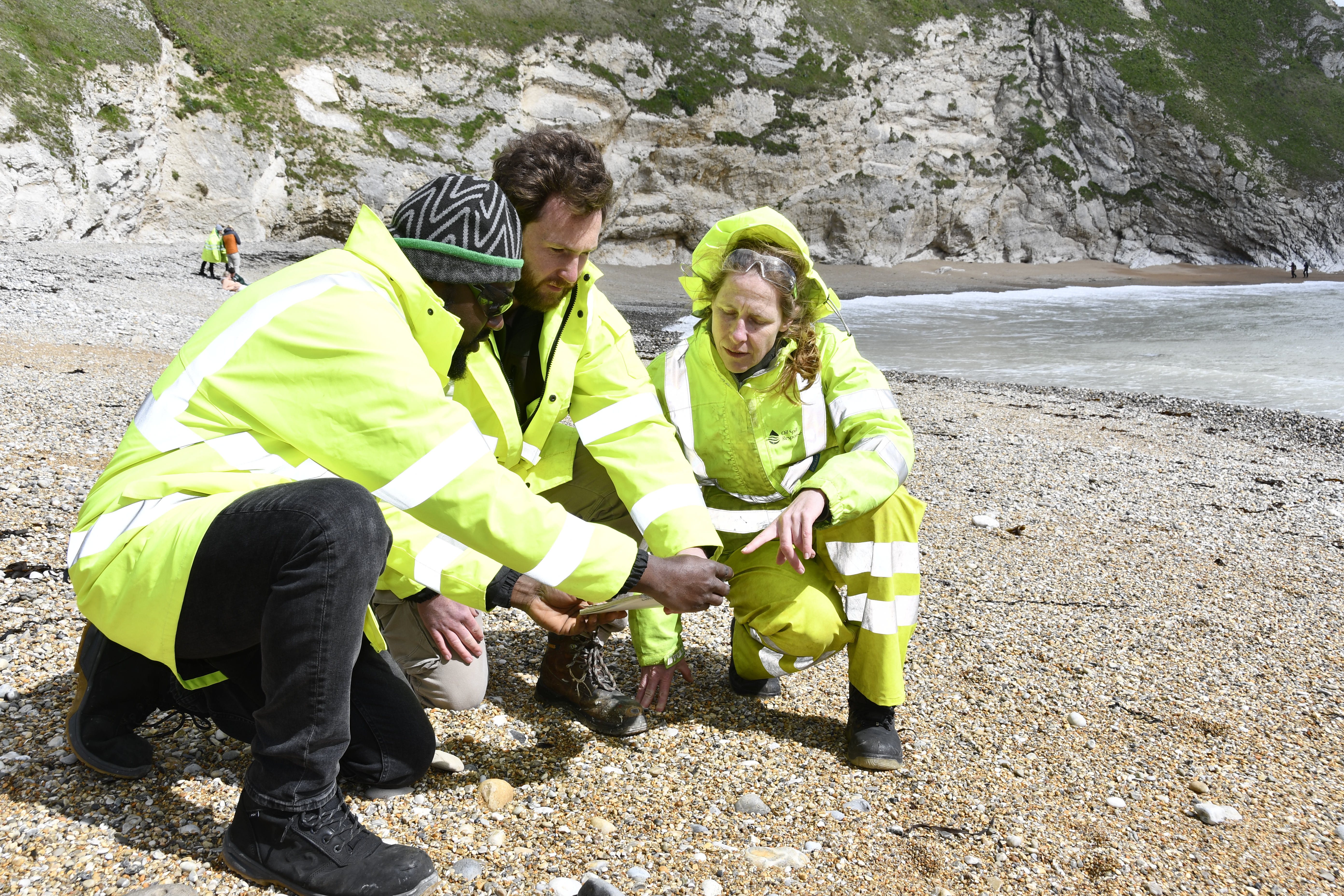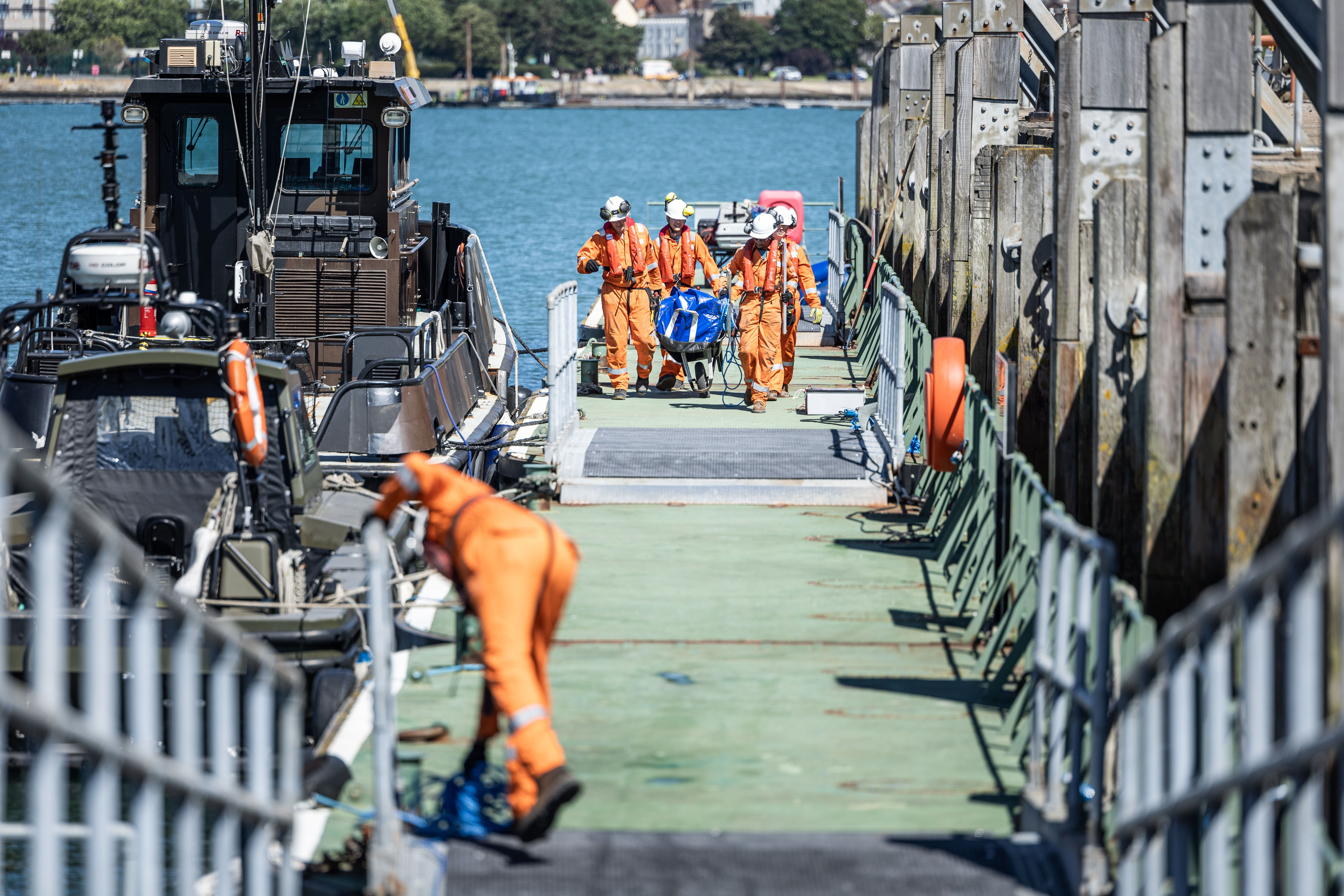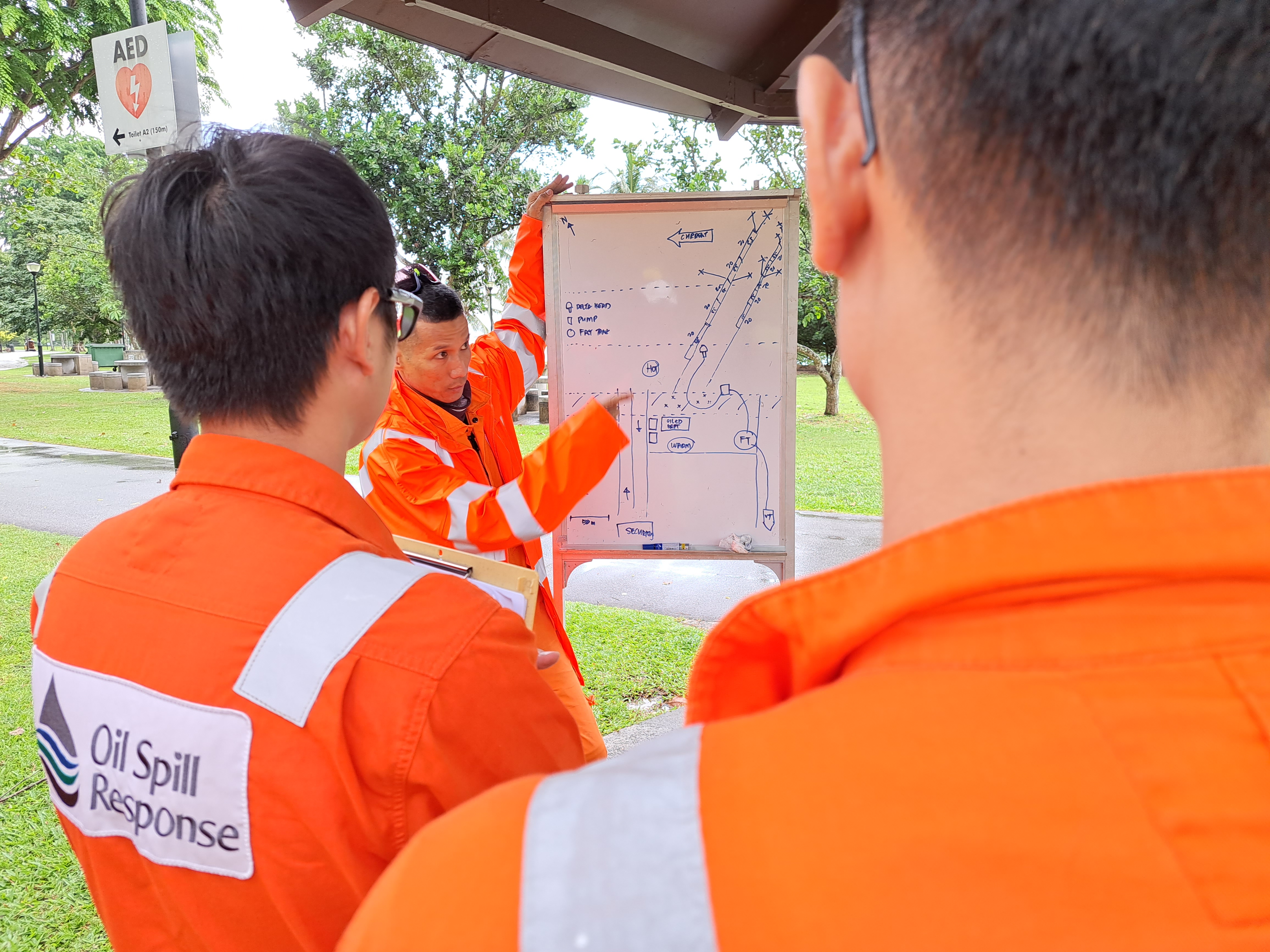Digital Twins: Response Through the Looking Glass
Mirror Worlds
Over two decades ago, David Gelernter, a pioneering computer scientist at Yale University, imagined the concept of digital "Mirror Worlds"[1]. In recent years this vision has become a reality as organisations move through a period of Digital Transformation.
Digital Transformation is adopting technology to transform services or businesses by automating processes or replacing older technology with newer digital technology. A key enabler of this is the concept of Digital Twins.
A Digital Twin is broadly defined as a digital replica of a physical object or process and is common across the Oil & Gas industry to aid design, maintenance (preventative and break-down) and process optimisation. The opportunity to replicate each physical asset, whether a cargo vessel or a refinery, as integrated data and information. This "twin” is a true version of reality.
One can think of a Digital Twin as a bridge between the physical and digital world via the "internet of things” (IoT). To create a digital twin, smart components using sensors gather data about real-time status, working condition or position integrated with a physical item. These components then connect to a cloud-based system that receives and processes all the data the sensors monitor.
This connection, for instance, enables a maintenance engineer in Houston to don a VR headset and virtually walk around a Floating Production, Storage and Offloading unit (FPSO) offshore Angola to find and rectify a fault without leaving their office.
Anywhere Twins
Digital Twins are now common in engineering and production, where organisations will model a physical operation such as a refinery or FPSO in the digital world. The creation of a Digital Twin in this fixed environment relies on the facility's engineering drawings which can then be rendered digitally in 3D and brought to life as a twin. Creating a digital twin can take several months and cost several million dollars.[2]
As an industry, we have yet to give real thought to applying digital twins to more dynamic, people-based systems such as incident response. We also have yet to apply the concept to the preparedness environment of planning, training and exercising. In these environments, there are no engineering drawings readily available to animate and no established telemetry feeds to bring the situation to life. In addition, in the case of an incident response, those involved cannot wait several weeks for the creation of a digital twin. All-in-all, the process will be more challenging.
Our industry has taken some initial steps towards developing a Common Operating Picture / Platform (CoP) and creating more interactive online training offerings. However, overall the incident preparedness and response sector lags behind the rest of the Oil & Gas industry in its take-up of these valuable tools.

Are Clones Better Than Drones?
What has caused this lack of take-up in the preparedness and response sector?
- Some feel, wrongly in the author's view, that drones and other surveillance tools will give the Incident Commander all the data that they need.
- It may also be due to the complication of twinning in a dynamic, people environment rather than taking 'feeds’ from static pieces of machinery.
- It could be due to a lack of commitment/funding to develop the suite of tools, as the advantages are not clear enough to justify the investment in time and cost.
- Or it could be down to a limited understanding of the technologies and what they could do to improve the efficiency and effectiveness of our preparedness and response.
- There may even be opposition to or suspicion of the use of technology in a community of hands-on, practically-based personnel involved in response delivery.
Despite these potential objections, there can and should be a place for developing Digital Twins as an aid to situational awareness in an incident response.
The many tools, such as telemetry via the IoT giving information on pump performance and CAD visualisations in a fixed installation such as an FPSO or Refinery, are not in play for a response at least.
In this case, whilst the principles of a Digital Twin may be relevant, many of the tools may be different. The challenge for Digital Transformation is to find and utilise these various tools to the same effect.
Recently, however, technologies have become available and sufficiently mature to allow real-time construction of Digital Twins of an incident response in a timely and cost-effective manner.
Through The Looking Glass
An essential step in establishing an incident Digital Twin is to recognise that the resolution required for an installation such as an FPSO, which is mm to cm scale, is not usually needed here.
1 m to 10 m resolution is acceptable for such applications. Once we have crossed this Rubicon, it becomes possible to develop a Digital Twin for an incident within hours and at no cost.
A good geospatial platform like Esri's ArcGIS[3] is the starting point. These platforms have 3D representations of the entire globe into which an experienced user can add feeds from multiple GPS-referenced applications. OSRL recently used this to create a Digital Twin of the bulk carrier vessel OS35 incident in Gibraltar. Here we fed in safety and shoreline clean-up data gathered with mobile apps, which we deployed on employees' mobile phones. The apps give time and location stamps and can be uploaded live if there is a good enough signal, but otherwise, hold the data until uploaded back at the Emergency Operations Centre (EOC), hotel or nearest coffee shop with Wi-Fi. Location sharing allows an Incident Commander to see where all their people are in real-time on the Digital Twin.
Users can feed spill trajectory models, surveillance overflight tracks, drone imagery and satellite observations into the twin. The twin can render buildings in 3D with an Open Street Map or similar feed. Real-time vessel locations could be added via AIS feeds, although these may be quite costly. Where better accuracy than the 1-10 m granularity is required, some mobile phones now come with a built-in LIDAR scanning functionality that can offer mm – cm level accuracy. Users can even set up the platform to generate a VR/AR feed to a headset, allowing the Incident Commander to walk around the incident site virtually.
What's Up With WhatsApp?
WhatsApp is a growing challenge because there is no denying its value to frontline responders, who passionately defend its value to them in day-to-day operations. Here at OSRL, we are seeing a surge in the number of incidents leveraging WhatsApp as the primary tool for field communication and data gathering. Its familiarity, ease of use, perceived security, and the fact that it is free makes it an appealing "no-brainer" solution.
One note of caution is that whilst there are many excellent applications we can use, using WhatsApp to assist in updating a Digital Twin for incidents comes with risk.
However, whilst end-to-end encryption is excellent, the ability to easily create groups is a must and it even has a limited ability to export chat and images to file, it is not designed for incident management. Incidents that leverage WhatsApp are at risk of breaching GDPR requirements, are actively deleting key metadata, such as location and time stamp of images and are reducing image quality to manage bandwidth. All excellent features in their place for a social media app, but destructive if the intent is to gather good, reusable data and feed it into a Digital Twin or to provide undisputable evidence that justifies your actions and decisions.
Where WhatsApp fails in incident management is later on in the courts and in the insurance claims, when lawyers can easily dispute this critical information and evidence and potentially get it thrown out. What's more, we lose the opportunity to learn and evolve from incidents when we lose the only digital footprint of an incident in a stream of consciousness embedded in a WhatsApp feed.
To compound things, there is no alternative that is as flexible, cheap, or easy to deploy. WhatsApp acts as a catch-all bucket, letting teams share photos, give status updates, deliver survey summaries, document decisions, and plan the evening's social. It is precisely this under-one-app flexibility that frontline responders love and their supporting "everything must be structured" digital experts loathe.
There is light at the end of the tunnel. As it becomes easier for digital experts to showcase the value of well-structured "good” data in solutions like digital twins, demand and appetite will naturally grow. With this appetite will come a willingness for frontline responders and digital experts to work together and compromise. They will find the sweet spot that delivers some truly ground-breaking solutions that aren't too painful for the frontline responder to support.

The Future Is Here, The Future Is Now
Digital Twins for incidents could change how we approach Incident Command. We can do away with daily reports and the forest of Incident Command System (ICS) forms and instead create a platform that tracks and records the incident as it progresses. We can save the twin and play it back, minute by minute, any time, with the ability to drill down into actions taken and decisions made if we want to. Meanwhile, drills, exercises and training can generate the same either using the twin already made for a previous incident or by developing a new twin for an exercise scenario.
The only limit is our appetite for change.
References
- MIRROR WORLDS: Or the Day Software Puts the Universe in a Shoebox...How It Will Happen and What It Will Mean. D Gelernter. 1991. ISBN 978-0195079067
- Digital Twins: How to Build the First Twin. Joshan Abraham et al. Oct 2022. Digital twins: How to build the first twin | McKinsey
- ESRI
Thanks to contributions from Liam Harrington-Missin.







